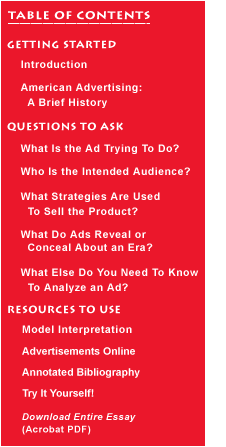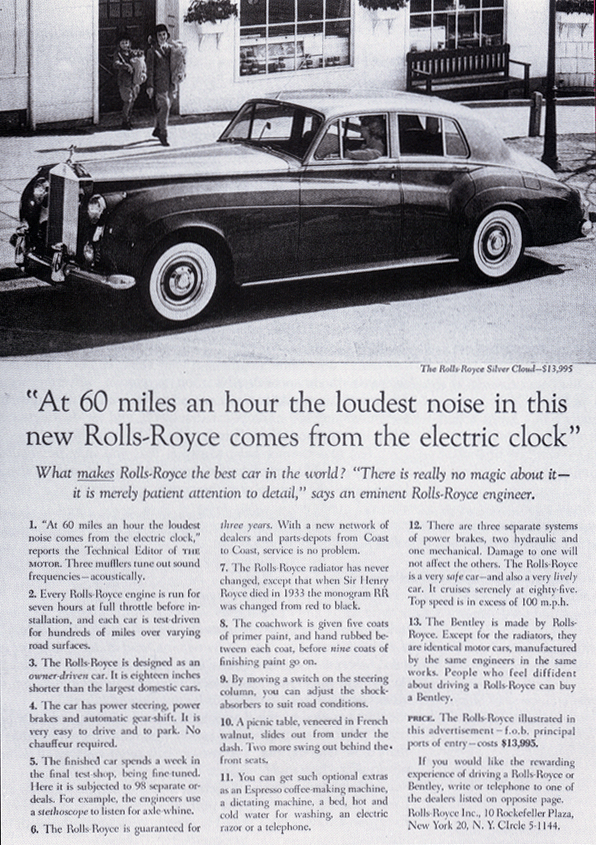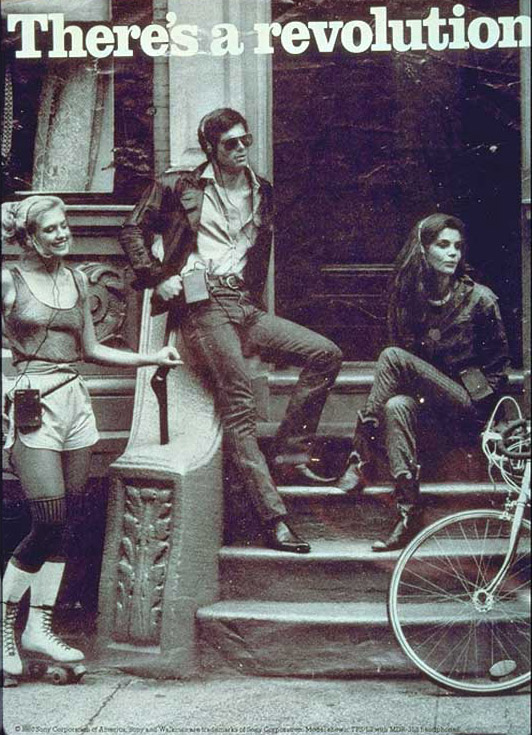talking history | syllabi | students | teachers | puzzle | about us

|
 |
|
After we have a sense of what the advertiser is trying to accomplish, we can ask how they go about achieving their marketing goals. Does the advertisement offer a “reason why” to buy the product? Or is it oriented more to emotional appeals? Does the ad feature the product or does it focus on the people using it? Does it address the reader directly with suggestions or commands? Does the ad offer a reduced price or a premium? Does a celebrity provide an endorsement? Does it play on fear or anxiety or make positive appeals? Most of the ads you examine will contain both illustrations and text. Advertising researchers devote large sums to testing consumers’ responses to different colors, shapes, and layouts. Especially in recent decades, advertisements often have been composed with minute attention to detail and extensive pre-testing, so even the smallest facet of an ad may reflect a marketing strategy. But deliberate or unintentional, details of an advertisement may reveal something about the assumptions and perceptions of those who created it. A hairstyle, a print font, a border design all may have something to teach us. How does the ad attract the reader’s attention? What route do your eyes follow through the ad? How do styles fit with cultural trends? What are the implications, for instance, of the stark black-and-white photographs in many Depression-era ads that mimicked the tabloid newspapers of the day? Does the rise of “psychedelic” graphic styles in the late 1960s and 70s support Thomas Frank’s contention that “counter cultural” values of personal fulfillment and immediate gratification fit post-industrial corporate marketing needs? Do earth tones in recent advertising support “green” marketing strategies of companies hoping to appeal to environmentally-conscious buyers? Virtually every advertisement provides opportunities for this kind of analysis. Following Roland Marchand’s masterful interpretation of a 1933 gasoline ad, we can examine the poses of father and son. (Click here to see the advertisement in the Roland Marchand Collection at A History Teacher’s Bag of Tricks, Area 3 History and Cultures Project.) The father looks fearful, fatigued, and aged. Marchand sees the boy’s clenched fist as a symbol of advertisers’ implicit claim that will, determination—and consumption—could overcome the Depression, but his face also shows worry and shame. The relation of the two images—the son foregrounded, the father behind him and set against a darker-colored background—suggests that the father is not only falling behind in life’s race but is also failing to provide patriarchal leadership and control. The advertisement’s words complement the image. The boy’s alarm—“Gee, Pop–They’re all passing you”—sits in a cartoon “balloon.” Depression advertising, stripped of the subtleties of more prosperous times, often adopted the blunt, lurid style of comic strips. The text below directly addresses those who “must make your old car do a little longer” in “these days when we have to do without so many things.” Taken as a whole, the language, design, and image of this advertisement evince the fear and humiliation of hard times and try to convert these worries into motives to buy.
|
|

|
|



